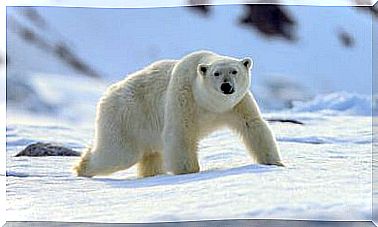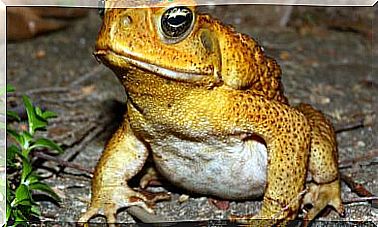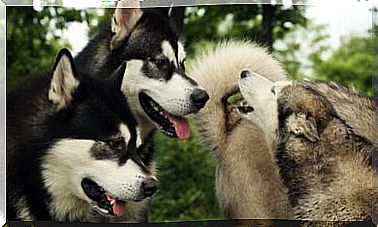Mink: A Critically Endangered Mammal
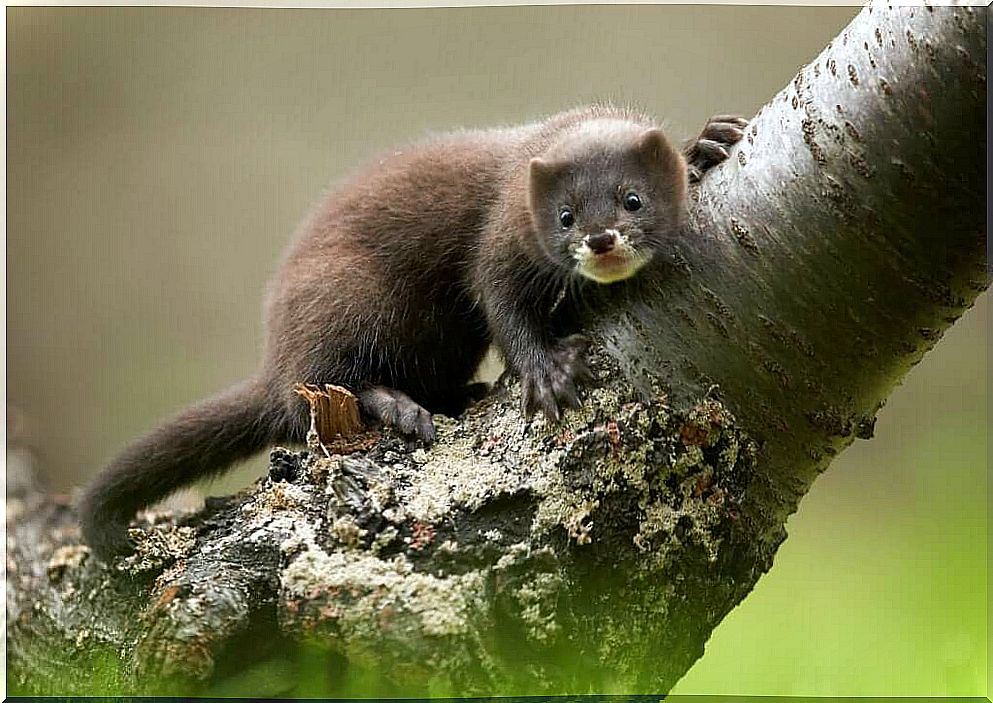
The European mink ( Mustela lutreola) is a critically endangered species and one of the most endangered small mammals in Europe.
Habitat loss, uncontrolled hunting and, above all, the invasion of a dominant competitor, the American Mink, are the main factors that contribute to its disappearance.
How to distinguish the european mink?
One of the difficulties for the conservation of the European mink is the competition with the American mink, a species introduced because of the interest in their skins for almost a century in Europe.
They are very similar animals, both from the same family and with similar appearance and behavior. However, some traits help us to differentiate them. The European mink has the following differential attributes:
- Smaller size.
- Lighter coat . The coat of the European mink is chocolate brown, slightly lighter than that of its American relative.
- White spots on the chin and on both sides of the muzzle.
In addition to these morphological differences, we can find others in behavior. Mink is more aggressive and is a less demanding species in relation to its habitat, as it adapts easily to any type of aquatic environment and has a greater reproductive capacity.
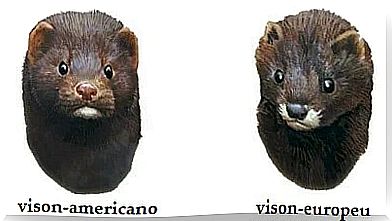
Causes of mink disappearance
There are three main factors for the disappearance of this species, and actions in each of these points constitute the most effective strategies for its conservation.
1. Competition with the American Mink
Mink is another small mustelid from North America. This species began to be bred in captivity in Canada and the United States in the late nineteenth century for the trade in its fur.
It was so successful that in 1920 the business was transferred to Europe, where fur farms were built and quickly expanded.
The result was, years later, the existence of different populations of mink in the natural environment, the result of escapes, continued by insufficient safety measures, mass escapes due to accidents and the abandonment of fur activity, and massive releases caused by campaigns to in favor of animal rights.
The consequences of the introduction of mink were very negative for the environment and native species.
Its great adaptability and reproductive capacity make it a very strong competitor to other mustelids, especially the European mink, which needs to fight for the same territory and resources.
2. Population fragmentation
Mink has disappeared from 90% of its original range in Europe, and the populations that still exist are isolated from one another.
The western population (French-Spanish) is isolated from the east (Danube delta and Russia) and, in turn, in the western part, the Spanish and French populations are also isolated.
Reproductive isolation involves a great loss of biodiversity that makes the mink an even more fragile species. One of the objectives of breeding in captivity is precisely the exchange of specimens to increase genetic variability.
3. Habitat destruction
The mink is a specialist animal that thrives in specific environmental conditions. He usually prefers areas with a wide river bank, dense vegetation cover and good quality water, with slow or moderate currents. Fluvial ecosystems are one of the most affected by human action.
The alteration of river beds and banks, the destruction of riverine vegetation, the exploitation of aquifers, the destruction of water and the construction of architectural barriers that modify the natural regime of rivers are the most common causes of loss of these ecosystems.
Conservation Strategies for European Mink
Conservation strategies are designed to counter the above points. Currently, there are different conservation programs across Europe to save this species from extinction. Check out what they are below.
1. Population Census
Knowing the status of the freed mink area is essential for carrying out an assessment of the species. Capture, recapture and tracking are essential to getting real data.
It is also important to know the density of American populations to see if invasive species management strategies work.
2. Captive breeding and reintroduction
The European mink is currently under the ex situ conservation program EPP (European Endangered Species Program), which serves as a source of reintroduction projects in countries such as Estonia, Germany, France and Spain.
One of the main problems that hinder the reproduction of the mink in captivity is the male posture. When paired with the female at the time of mating, he becomes disinterested, runs away from the female or, as has happened in some cases, may behave aggressively.
There are still not many studies that verify which factors differentiate captive males from wild ones, but experiences in other centers with animals of the same family such as the marten ( Martes martes ) suggest that the animal’s learning, its age or competition with other males may influence the success of reproductions.
3. Preventing Mink Expansion and Habitat Conservation
To slow its expansion, it is necessary to control the population of American mink and avoid the creation of new fur farms, which pose a great risk to its European relative.
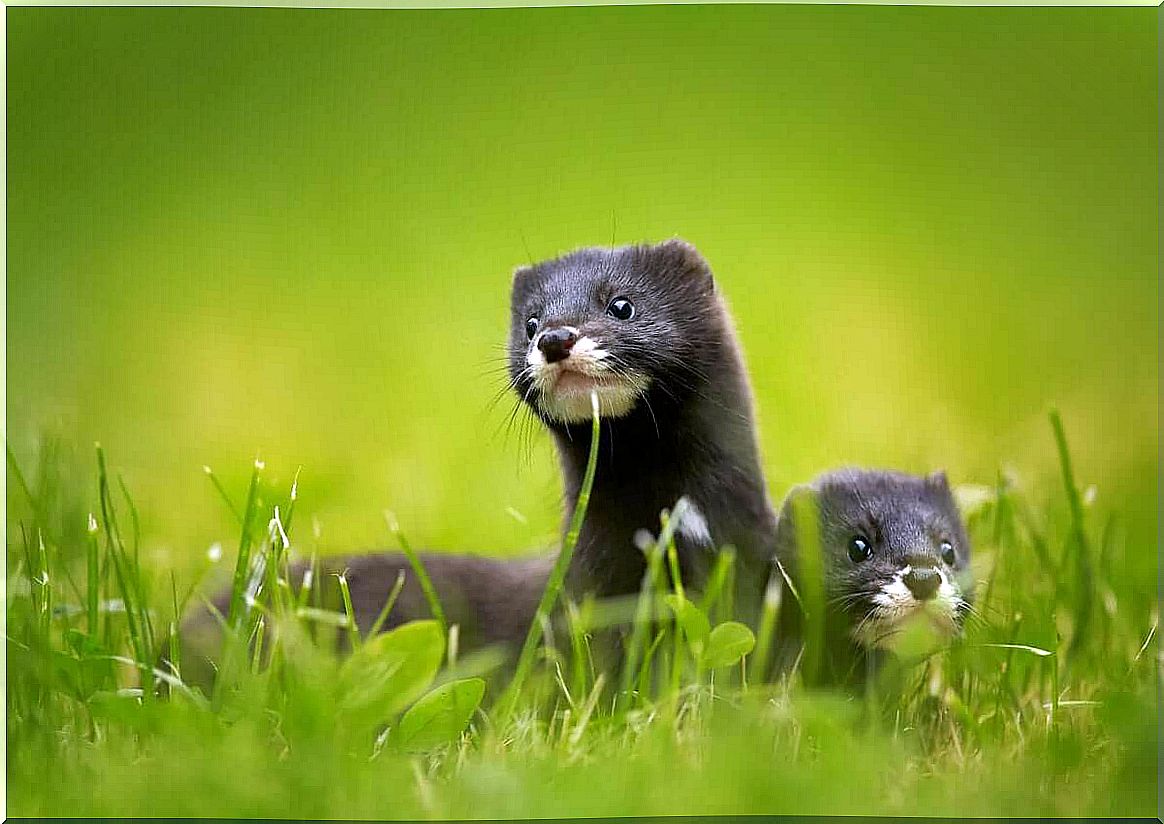
The implementation of measures to protect and restore river ecosystems is also very urgent, reinforcing the connectivity between the areas where the species inhabits to improve genetic exchange. In addition, river conservation is beneficial to other endangered species.


